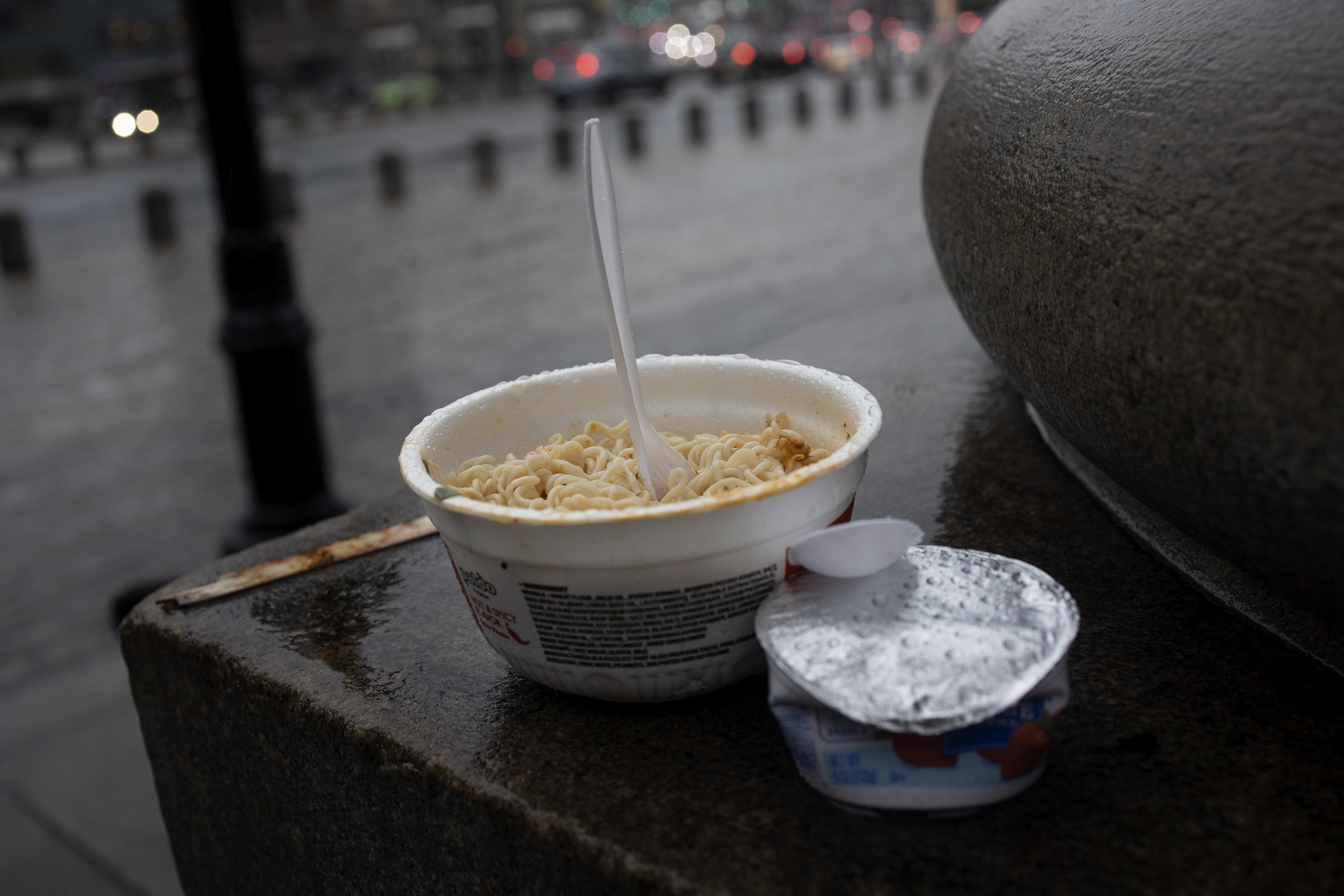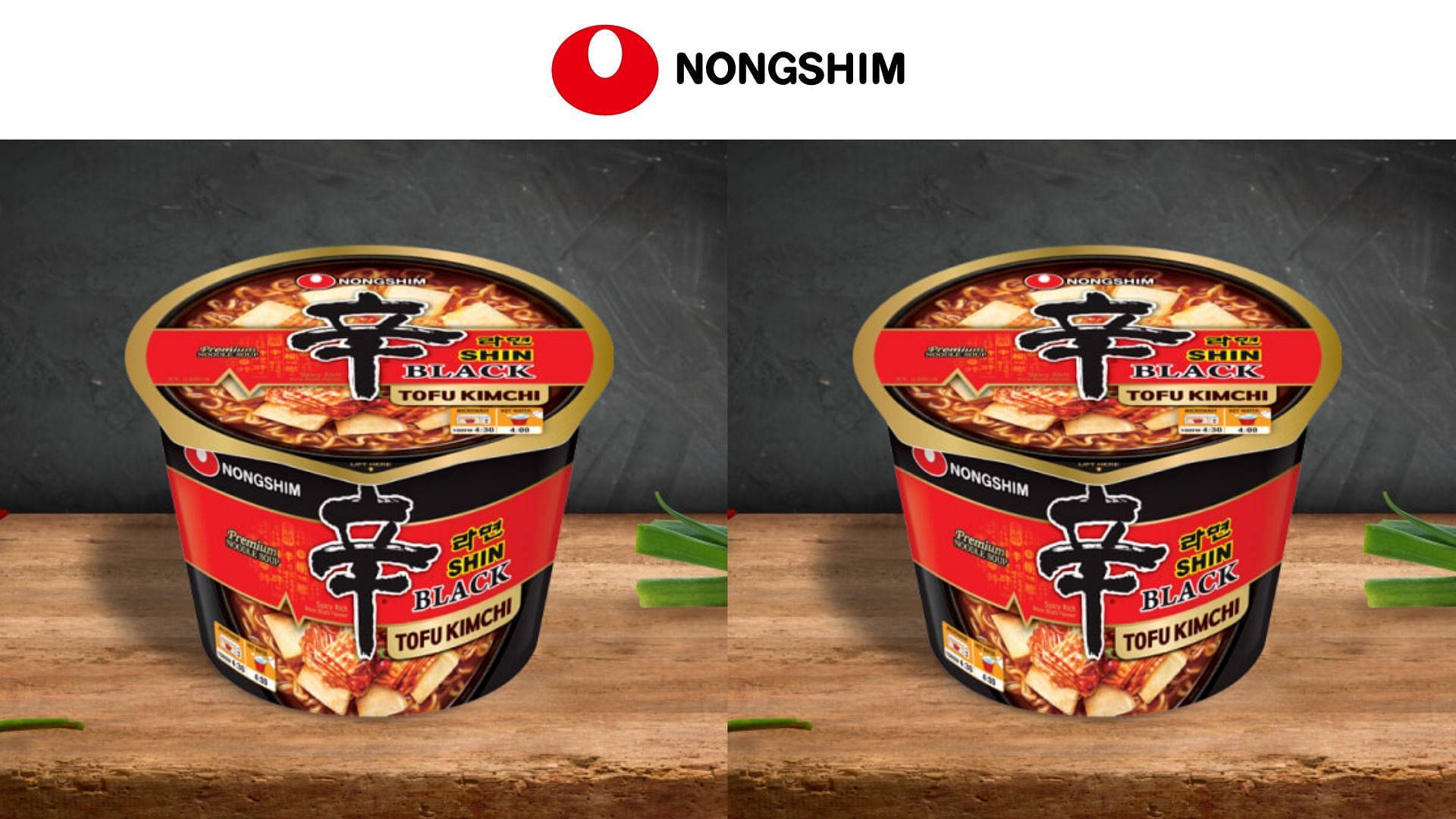Noodles Recall 2025: A Deep Dive Into Safety Standards And Consumer Impact
Hey there, food lovers and safety enthusiasts! If you're anything like me, you probably have a deep love for noodles—whether it's the classic instant variety or something fancier. But let's face it, when we hear about a recall, especially one as significant as the "noodles recall 2025," it raises some serious questions. What went wrong? Why did this happen? And most importantly, how does it affect us as consumers? In this article, we’re diving deep into the world of noodle safety standards, uncovering what led to this recall, and exploring its broader implications for the food industry. So buckle up, because we’re about to serve you a steaming bowl of information!
Now, before we get into the nitty-gritty, let's talk about why this topic matters. The noodles recall 2025 isn't just a minor hiccup in the food industry—it's a wake-up call. It highlights the importance of food safety standards and the responsibility that manufacturers have to ensure the products they put on shelves are safe for consumption. In an age where convenience foods dominate our grocery lists, understanding these standards can make all the difference.
Let’s also not forget that as consumers, we have a right to know what we're eating. Whether you're grabbing a quick bowl of instant noodles after a long day or preparing a gourmet dish with fresh ingredients, food safety should always be a priority. So, without further ado, let’s dig into the details and uncover everything you need to know about the noodles recall 2025 and its impact on both industry practices and consumer trust.
Read also:The Untold Wealth Of Sonny Liston Net Worth Secrets Revealed
Here's a quick roadmap of what we'll cover in this article:
- Background on the Noodles Recall
- Food Safety Standards in the Noodle Industry
- What Caused the Recall?
- How Did This Affect Consumers?
- Regulatory Response and Actions Taken
- Changes in the Industry Post-Recall
- Steps for Consumer Protection
- The Future of Food Safety in 2025
- Data and Statistics on Food Recalls
- Final Thoughts and What’s Next
Background on the Noodles Recall
Alright, let's rewind a bit and set the stage. The noodles recall 2025 wasn't just another routine product withdrawal. It was a massive operation that spanned multiple countries and involved some of the biggest names in the instant noodle industry. But why did it happen? To understand that, we need to look at the history of food recalls and how they’ve evolved over time.
Understanding Food Recalls
Food recalls aren’t new. They’ve been around for decades, serving as a mechanism to protect consumers from unsafe products. However, the scale of the noodles recall 2025 was unprecedented. According to data from the FDA and similar regulatory bodies, over 50 million units of various noodle products were pulled from shelves worldwide. That’s a lot of noodles!
Why Instant Noodles?
Instant noodles have become a global phenomenon, with billions of servings consumed annually. Their popularity stems from their convenience, affordability, and versatility. But with great popularity comes great responsibility. Manufacturers must ensure that their products meet strict safety standards, which is where things went awry in this case.
Food Safety Standards in the Noodle Industry
Now, let’s talk about safety standards. The noodle industry operates under a complex web of regulations designed to ensure that every packet of noodles you buy is safe to eat. These standards cover everything from ingredient sourcing to manufacturing processes and packaging.
Key Standards to Know
- HACCP (Hazard Analysis and Critical Control Points): This framework helps manufacturers identify potential hazards in the production process and implement controls to mitigate them.
- ISO 22000: A globally recognized standard for food safety management systems, ensuring consistency and quality across the supply chain.
- GFSI Benchmarks: Guidelines that align with international food safety standards, providing a benchmark for companies to meet.
Despite these robust standards, breaches can still occur, as evidenced by the noodles recall 2025. But what exactly went wrong?
Read also:Yellowstones Rip Wheeler The Man Behind The Iconic Character
What Caused the Recall?
Here’s where things get interesting. Investigations revealed that the primary cause of the recall was contamination with a harmful chemical compound found in certain packaging materials. This compound, though approved for industrial use, was not suitable for food-grade applications. How did it end up in noodle packaging? That’s a question regulators are still trying to answer.
Supply Chain Issues
One of the biggest challenges in the food industry is maintaining a clean and transparent supply chain. With so many players involved—from suppliers to manufacturers to distributors—it’s easy for errors to slip through the cracks. In this case, a lack of proper oversight allowed the contaminated packaging to enter the production line unnoticed.
Human Error
Let’s not underestimate the role of human error in such incidents. Whether it’s a miscommunication between teams or a failure to follow standard operating procedures, mistakes can have far-reaching consequences. The noodles recall 2025 serves as a stark reminder of the importance of accountability at every level of production.
How Did This Affect Consumers?
Now, let’s talk about the people who matter most in this story—you, the consumer. The noodles recall 2025 had a significant impact on consumers worldwide, both physically and psychologically.
Health Risks
Consumers who had already purchased the affected products were advised to stop using them immediately. While no major health incidents were reported, the potential for long-term effects remains a concern. This uncertainty can be unsettling, especially for those who rely heavily on instant noodles as a staple food.
Trust Issues
Trust is a fragile thing, and incidents like this can erode it quickly. Many consumers expressed frustration and disappointment with the brands involved, questioning their commitment to quality and safety. Rebuilding that trust will take time and effort on the part of manufacturers.
Regulatory Response and Actions Taken
When a recall of this magnitude occurs, regulatory bodies spring into action. Here’s what they did in response to the noodles recall 2025.
Immediate Measures
Authorities issued widespread alerts, notifying retailers and consumers about the recall. They also conducted thorough inspections of manufacturing facilities to identify the root cause of the contamination.
Long-Term Solutions
To prevent similar incidents in the future, regulators are pushing for stricter enforcement of safety standards and increased transparency in the supply chain. This includes mandatory audits and more frequent inspections of production facilities.
Changes in the Industry Post-Recall
The noodles recall 2025 was a turning point for the industry. Companies are now reevaluating their processes and investing in technology to enhance food safety. Here are some of the changes we’ve seen:
Adoption of Advanced Technologies
From blockchain for supply chain tracking to AI-powered quality control systems, the industry is embracing innovation to ensure safer products. These technologies not only improve efficiency but also provide greater visibility into the production process.
Increased Focus on Consumer Education
Manufacturers are also taking steps to educate consumers about food safety. This includes providing clearer labeling, offering tips for safe storage and preparation, and encouraging open communication between brands and their customers.
Steps for Consumer Protection
As a consumer, you have the power to protect yourself from unsafe products. Here’s how you can stay informed and make smarter choices:
Stay Informed
Sign up for alerts from regulatory bodies and trusted news sources to stay updated on recalls and safety advisories. Knowledge is power, and being aware of potential risks can help you avoid them.
Inspect Products Carefully
Always check the packaging for signs of tampering or unusual markings. If something seems off, don’t hesitate to return the product or contact the manufacturer for clarification.
The Future of Food Safety in 2025
Looking ahead, the future of food safety looks promising. With advancements in technology and a growing emphasis on transparency, we can expect to see even safer products on our shelves. However, vigilance remains key. As consumers, we must continue to demand accountability and support brands that prioritize safety.
Emerging Trends
Some of the trends to watch include the rise of plant-based alternatives, increased focus on sustainability, and the integration of smart packaging that alerts consumers to potential issues before they consume a product.
Data and Statistics on Food Recalls
Let’s dive into some numbers to give you a clearer picture of the scale of food recalls and their impact.
- Over 400 food recalls were issued globally in 2022 alone.
- Contamination accounts for approximately 60% of all food recalls.
- The economic impact of food recalls can reach billions of dollars annually.
These stats highlight the importance of addressing food safety issues proactively rather than reactively.
Final Thoughts and What’s Next
So, there you have it—a comprehensive look at the noodles recall 2025 and its implications for food safety standards and consumer trust. While the incident was undoubtedly a setback, it also presents an opportunity for growth and improvement in the industry. By learning from this experience, manufacturers can create safer, more reliable products that meet the needs of today’s consumers.
As we move forward, I encourage you to stay informed, ask questions, and demand transparency from the brands you trust. Together, we can build a safer, healthier future for everyone. So, what do you think? Let me know in the comments below, and don’t forget to share this article with your friends and family. Until next time, keep snacking safely!


